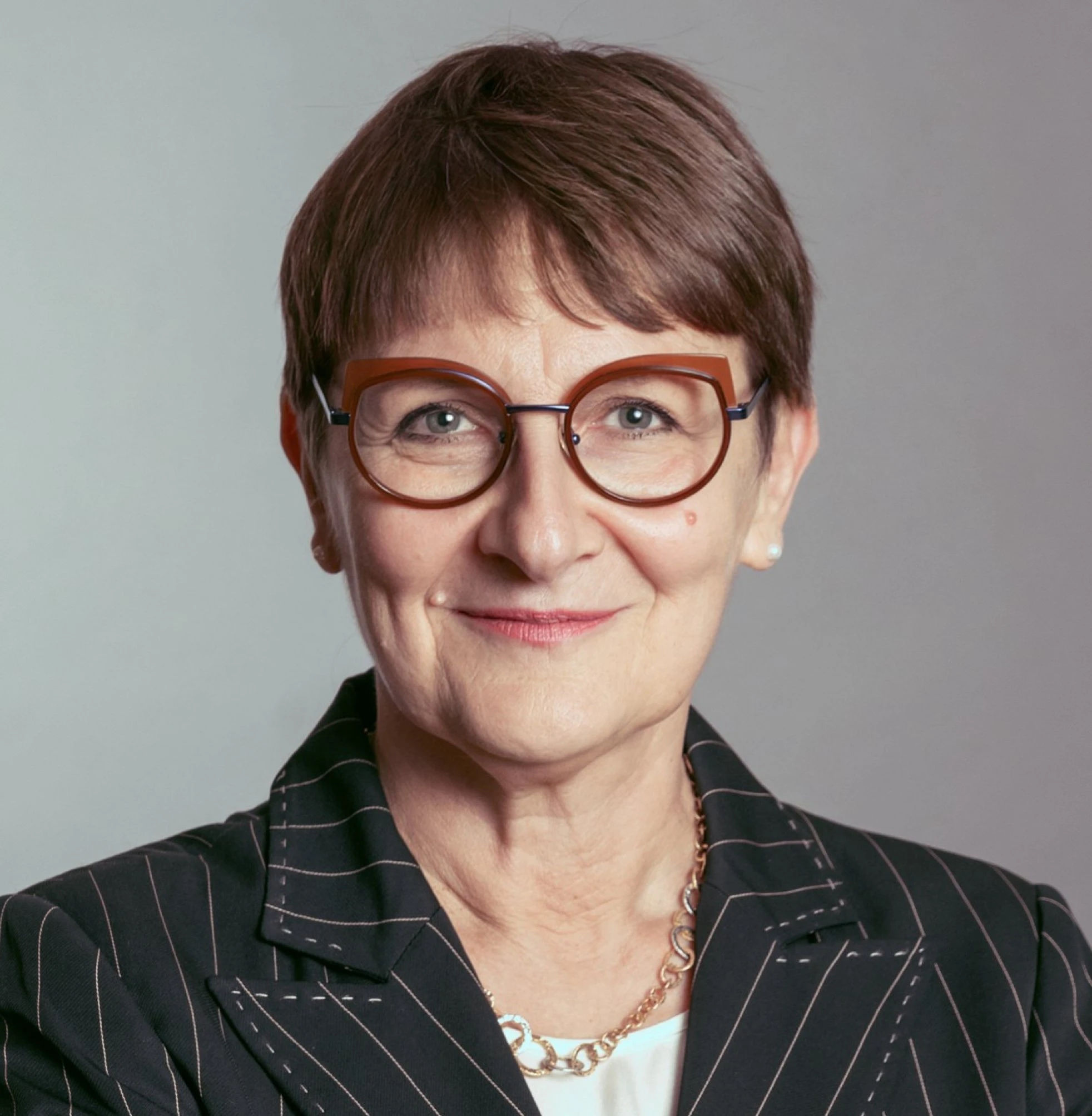From role to recognition: the value of the UNI 11977 standard for mobility professionals

There is a common thread that connects the battles for professional recognition, the passion for work often behind the scenes, and the commitment of those who believe that mobility is not just movement, but value for people and organizations. That thread took shape in 2018 with the UNI/PdR 35 Practice, promoted by AIAGA at UNI, with courage and vision, in years when talking about Fleet Managers, Mobility Managers and Travel Managers as professionals with complex competencies seemed, for many, exaggerated. Today, that thread becomes a robust regulatory fabric: the UNI 11977:2025 standard has been born, which finally defines the profiles, requirements, knowledge, skills and responsibilities of those who work in organizational mobility.
The standard is a collective achievement built step by step, born from the push of AIAGA, which believed in permanent training, work quality and the dignity of competencies, and supported by all mobility actors (associations, entities, institutions, universities) who have long confronted each other, bringing rigorous and inclusive technical work into play. In the AIAGA Statute, we have written in black and white the commitment to “identify profiles and professional levels,” to promote “qualification according to defined methods,” and to “build a network between professionals and companies.” This standard therefore is not born today: it is born from the daily work of AIAGA members, guided by past president Giovanni Tortorici, who in these years have given voice and content to a function that often, in companies, remains invisible.
The three profiles: from recognition to strategy
For Fleet Managers the UNI 11977:2025 standard represents a long-awaited legitimacy. Those who deal with corporate fleets know it: even today, in countless realities, the Fleet Manager is not recognized as such. Vehicle management is often a collateral activity, carried out alongside other assignments – purchasing, administration, HR – and perceived only as “choosing cars” or “solving driver problems.” But those who really live this role know it’s much more: managing important budgets, overseeing safety, accompanying the energy transition, ensuring regulatory compliance. UNI 11977 helps to put things in order, to give depth and structure to the role, to clarify that it’s not enough to “know cars”: vision, strategy, monitoring tools and relationship skills are needed.
Also for Mobility Managers, the standard is a fundamental tool. Too often the appointment occurs only “by legal obligation,” without clear indications on objectives following, without a budget, without a team, no negotiating leverage. UNI 11977 clearly tells us that this figure is not a badge to display in PSCL, but a strategic resource, capable of bringing innovation, sustainability and well-being to the company. The 7 tasks provided by the standard leave no room for misunderstanding: the Mobility Manager is a technical, relational, managerial figure. They must know how to negotiate, design, measure, and above all involve people in a deep cultural change.
The UNI 11977 standard finally represents a clear and defined perimeter, also for Travel Managers. If there’s a figure that in recent years has faced a silent but profound evolution, it’s the Travel Manager. A role often undervalued, yet central to the productivity, safety and sustainability of business travel. The UNI 11977 standard, for the first time, puts in black and white that travel management is not just “bookings and reimbursements,” but an integrated system made of “end to end” travel process governance, risk management (safety and security), traceability, digitalization, sustainability, compliance with personal data regulations and corporate compliance.
The standard maintains the four profiles already identified by the PdR (Mobility Manager, Fleet Manager, Travel Manager and Chief FMT Officer), but deepens and refines the requirements, articulating them in knowledge, skills, autonomy and responsibilities, in coherence with EQF (European Qualifications Framework) levels; in particular: the Fleet Manager assumes a more structured and transversal function, in relation to sustainability, cost governance (TCO and TCM) and regulatory compliance, with 40 key competencies; the Mobility Manager is described with an articulated series of 41 knowledge areas and 44 skills, in line with regulatory developments (particularly DM 21/5/2021) and with the growing complexity of PSCL (Home-Work Travel Plans); the Travel Manager emerges as a central figure in integrated and responsible management of business travel, with attention to travel ROI and adoption of digital tools and sustainability strategies; the new profile of Chief Fleet, Mobility & Travel Officer (Chief FMT Officer) consolidates the concept of integration of corporate mobility policies, positioning itself as a strategic managerial figure.
Certification and concrete advantages
This standard is not a technical exercise. It is a tool to obtain recognition and responsibility and allows: demonstrating one’s competencies objectively through accredited certification; requesting a professional classification consistent with the role actually performed; accessing targeted training paths to fill gaps or expand one’s functions; dialoguing with employers and public administrations with a shared and standardized language; being evaluated on fair and transparent bases, even in case of selection or tender.
UNI 11977 values field-acquired knowledge, also through non-formal and informal paths, provided that competencies are demonstrable. To access certification it is necessary: to have documentable experience in the role (also previous); to have acquired at least 30 recognized training credits (participation in courses, events, specific seminars); to take an exam composed of written multiple-choice test (knowledge), oral examination (skills and responsibilities) and, in the case of Chief FMT Officer, also a case study. The certification, issued by a third-party entity accredited according to ISO/IEC 17024, has three-year validity and provides for continuous professional updating.
Obtaining UNI 11977 certification represents a turning point, especially in a market where fleet, travel and Mobility Managers often struggle to be recognized as autonomous and strategic figures. The main advantages deriving from obtaining professional certification are: formal recognition of the role in CVs, public tenders, selection processes; internal negotiation tool with the company to obtain a coherent job description, access to a budget, or participation in strategic decisions; credibility towards clients, suppliers, public entities, as a “certified” figure according to national standards; access to qualified professional networks and targeted updating paths; preparation for change, because ecological transition, digitalization, shared and intermodal mobility require figures capable of governing complexity.
Towards an integrated community
The standard has great value: it speaks our language. It is not an academic exercise, but is born from daily practice, from solutions found in the field by those who every day deal with the mobility of things and people. UNI 11977 is not an end point. It is a new starting point. To build a more mature, fairer, more sustainable mobility market. And to finally give due recognition to those who work every day to move companies with efficiency, responsibility and intelligence.
If there’s a message that the UNI 11977 standard delivers with force, it’s this: no figure can operate alone. Fleet, travel and Mobility Managers share responsibilities, tools and often also objectives, but still too often work on parallel tracks, if not even in conflict. Organizational mobility – today more than ever – requires an integrated approach, where professionals dialogue, recognize each other, build common policies, share data, KPIs, priorities. Only in this way can we effectively address current complexity: sustainability, safety, digital transition, cost optimization, worker well-being.
UNI 11977 helps precisely in this: it defines perimeters, but also intersection points. It helps to speak a common language. And above all it invites collaboration, overcoming old “silo” logics to promote a transversal, dialogical and synergistic culture of mobility. In the end, this is the real change: moving from isolated professions to a community of practice. Because mobility is a system, and like every system it only works if every part works together. The standard is now a tool available to everyone. It’s up to us – mobility professionals – to make it live, spread it, and use it to build together the future of our profession.

President of A.I.A.G.A. (Italian Association of Corporate Car Buyers and Managers), the reference association in Italy for professionals from public and private organizations who deal broadly with mobility (Fleet Managers, Mobility Managers, Travel Managers). The association promotes studies, research and training in the corporate mobility sector, as well as working for the recognition and development of the professional figures involved in it.